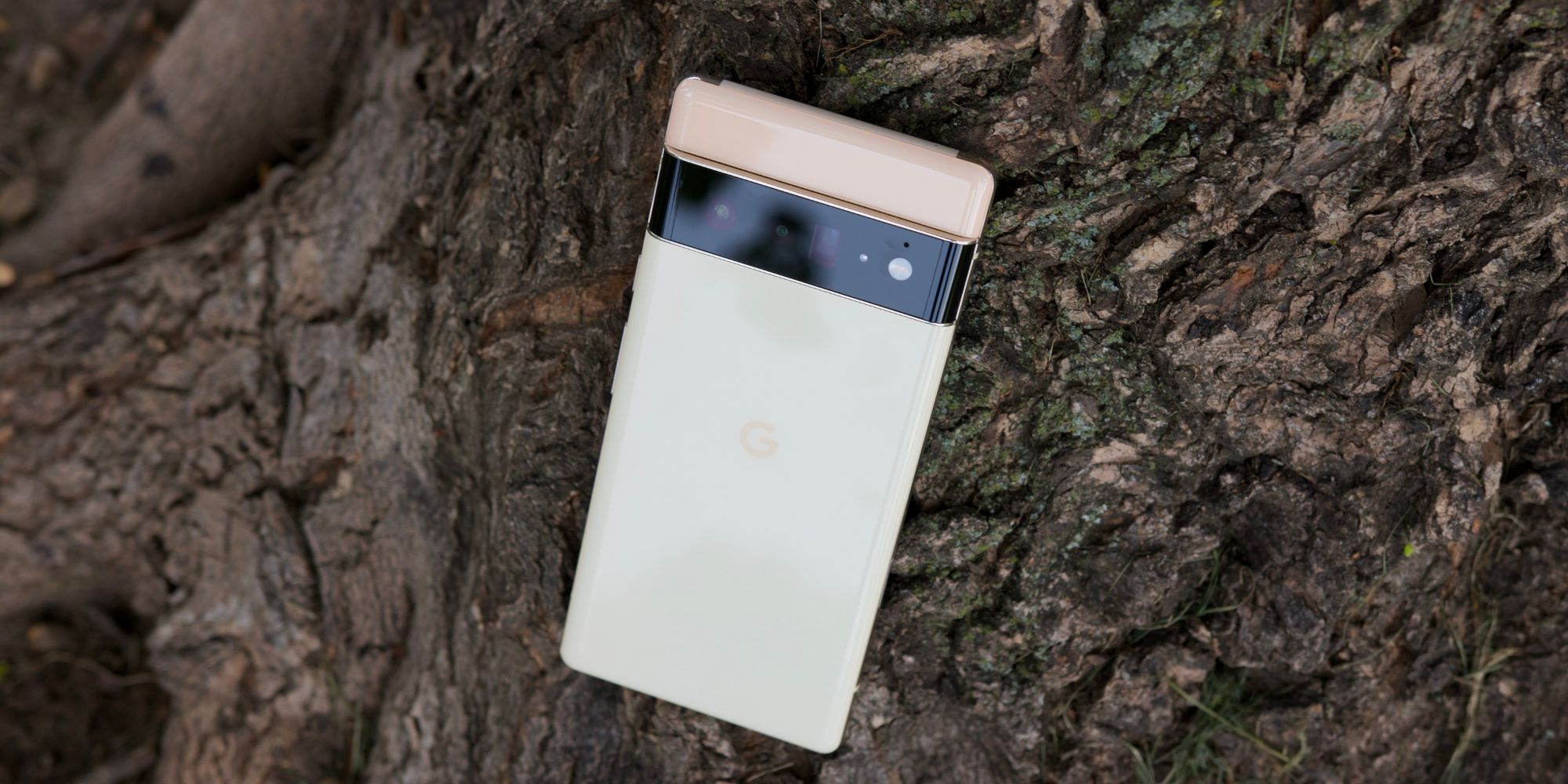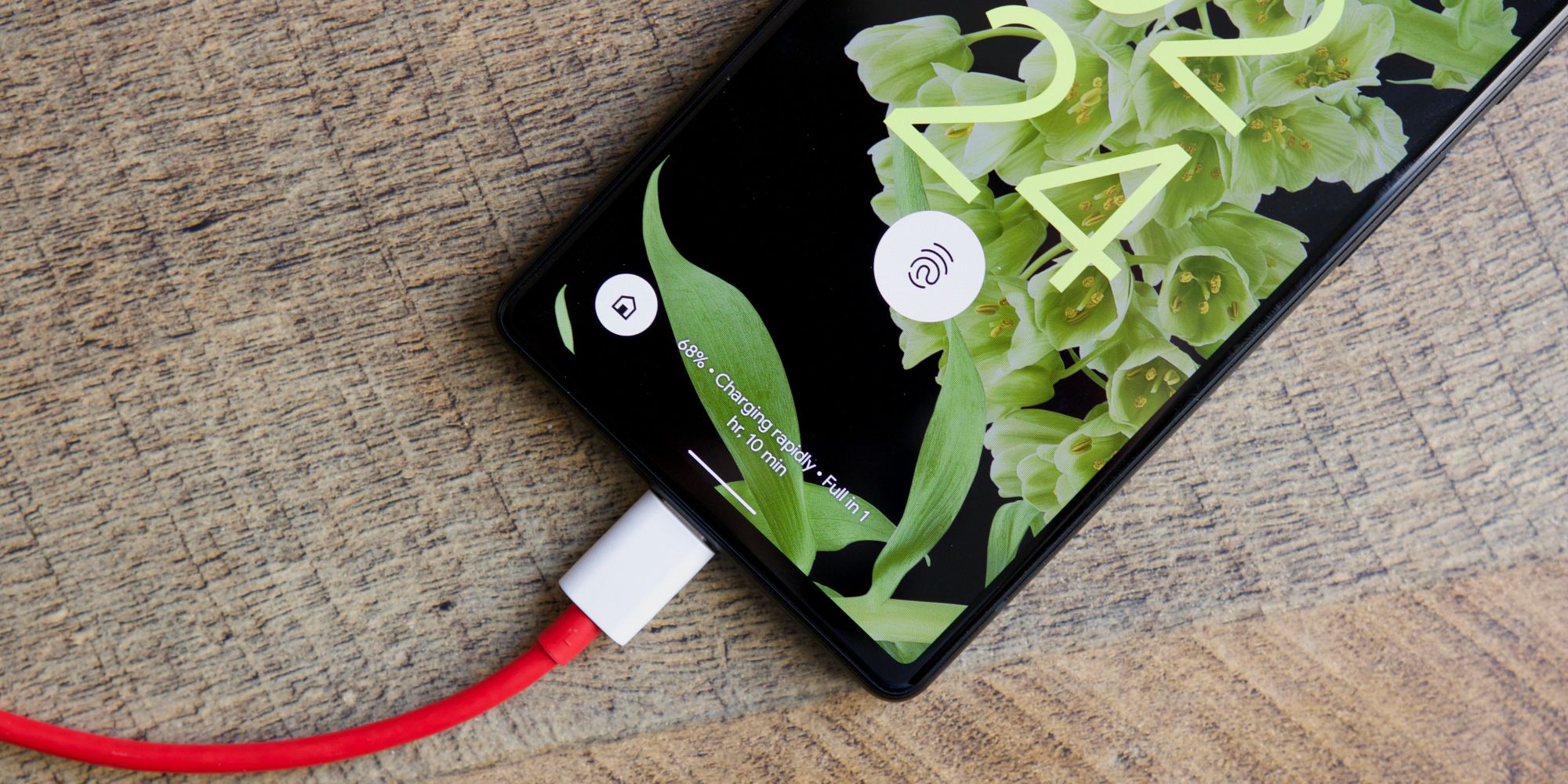Google got almost everything right with the Pixel 6 and 6 Pro, but for a lot of users, slow charging times can put a damper on an otherwise outstanding experience. Since the introduction of the first Pixel in 2016, Google's always stumbled a bit with its hardware offerings. From bad OLED displays, poor RAM management, and virtually unusable battery life, Pixels are often plagued with pretty serious shortcomings.
Thankfully, the Pixel 6 series is a huge step forward for Google. While the phones have lingering software bugs and controversial designs, virtually everything else about them is a home run. They have excellent displays, top-notch cameras, reliable battery life, and the best software support out of any Android handset on the market. Whether someone buys the $599 Pixel 6 or $899 Pixel 6 Pro, it's hard to be disappointed with either phone.
That said, there is one aspect about the Pixel 6 that's proven to annoy some folks: charging speeds. Getting a Pixel 6 from 0 - 100 percent tends to take longer than other Android handsets. It's certainly not a deal-breaker, but it can prove to be a regular annoyance in day-to-day use. One way to improve charge speeds is by disabling something called 'Adaptive Charging.' It's a feature that's enabled by default and slows speeds so the phone only reaches 100 percent once your morning alarm goes off. While it's great for preserving long-term battery performance, it's not ideal for folks who want the fastest speeds possible. To turn off Adaptive Charging, do the following on your Pixel 6 or Pixel 6 Pro: Open the Settings app, tap 'Battery,' tap 'Adaptive preferences,' and tap the toggle next to 'Adaptive Charging.'
Other Tips For Improving Pixel 6 Charging Speeds
Something else to take note of is the charger being used to refuel the Pixel 6. Since neither the Pixel 6 nor Pixel 6 Pro comes with a charger in the box, folks need to supply their own. Grab the charger you're using, look on the inside where the prongs are, find the listed voltage and amps for its output, and multiply those by two to determine the total wattage. For example, if a charger says it has 9V at 2A for the output, that means it charges devices up to 18W. The Pixel 6 and 6 Pro both support charging speeds up to 30W, so if your charger maxes out at 5 or 10W, buying a more powerful charger is a good idea. Evidence has shown that Google throttles charging speeds pretty aggressively, but having a 30W charger instead of a 5W one will still make a substantial improvement.
There's also something to remember for wireless charging. To get the fastest speeds with a Qi charger, make sure it has an EPP (Extended Power Profile) rating. This should be listed somewhere on the charger's box or online listing. If it has EPP, the Pixel 6 and Pixel 6 Pro will wirelessly charge up to 12W. If you're using a non-EPP wireless charger, it'll be much slower. The phones can also get up to 23W wireless charging with the Pixel Stand (2nd Gen), but at the time of publication, it's not available for purchase.
And that's all there really is to it. The Pixel 6 and 6 Pro naturally don't have the fastest speeds compared to the competition. By following these tips, however, you can at least ensure that they charge as fast as they are capable of. Disable Adaptive Charging, get the right charger, and you're off to the races.
Source: Google


